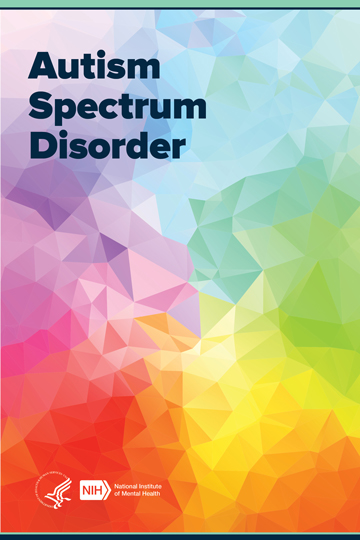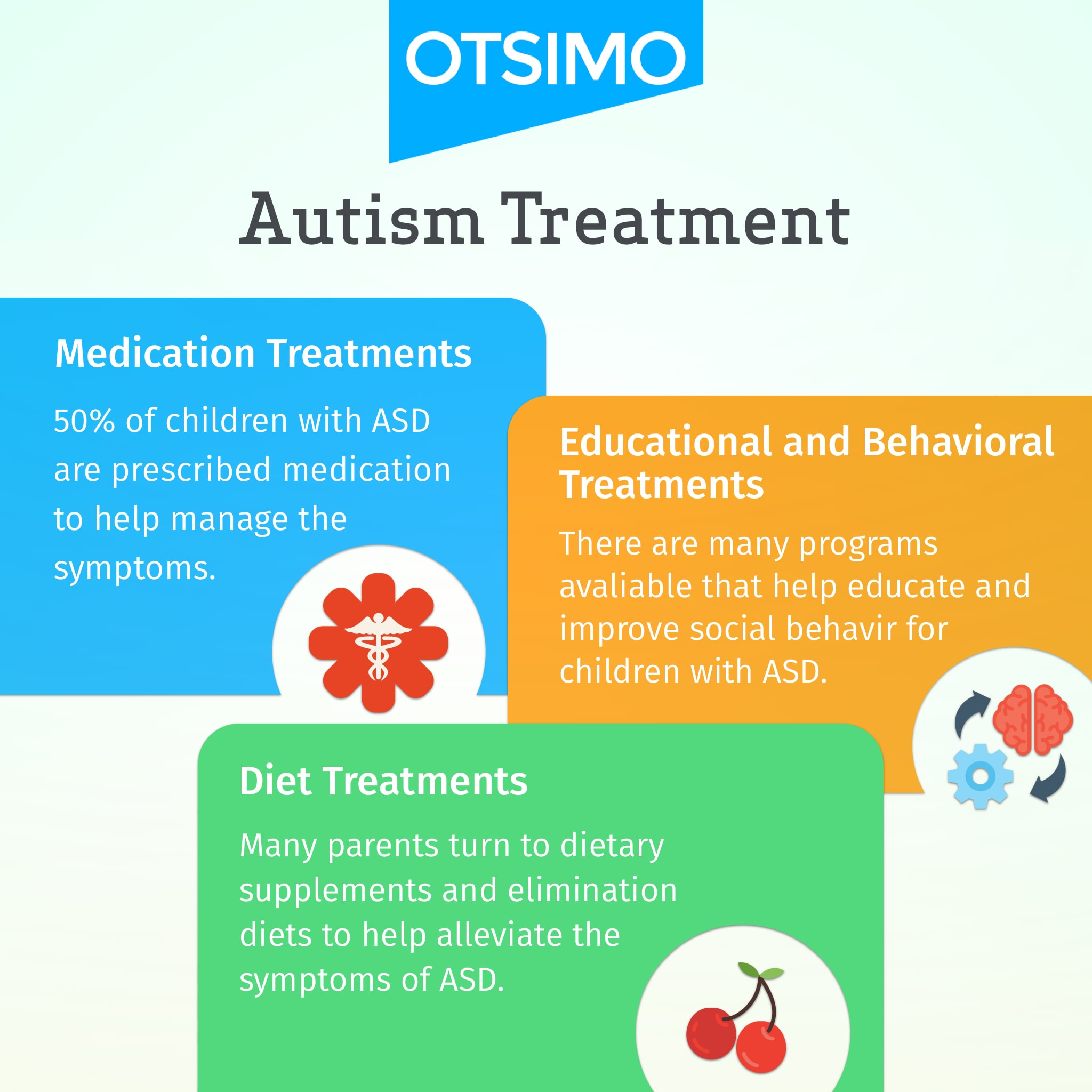Research-backed methods an Aba Therapist Near Me may use to encourage communication
Research-backed methods an Aba Therapist Near Me may use to encourage communication
Blog Article
Recognizing the Impact of Behavioral Autism on Day-to-day Live and Social Communications
You could not realize just how deeply behavior autism impacts every day life and social communications. People on the range typically navigate a world filled with communication hurdles and sensory overload. These obstacles can bring about frustration and seclusion, affecting their relationships and general well-being. Recognizing these nuances is essential for cultivating helpful settings. What methods can we execute to create even more purposeful links and inclusive areas? The solutions may amaze you.
Defining Behavioral Autism and Its Characteristics
Behavior autism, typically described as autism range disorder (ASD), incorporates a range of conditions identified by challenges in social interaction, communication, and repeated actions. You could notice that people with ASD often have a hard time to analyze social cues, which can bring about misconceptions in discussions. They might find it difficult to establish eye call or take part in tiny talk, making social situations feel overwhelming.
Communication difficulties can show up in various means, from postponed speech advancement to a preference for using less words. By recognizing these attributes, you can foster an environment that promotes acceptance and motivates reliable communication, helping individuals with autism thrive in their daily interactions.
The Range of Autism: Recognizing Irregularity in Actions
Autism range problem (ASD) isn't a one-size-fits-all diagnosis; it varies widely among individuals. You might discover that some people with ASD exhibit mild symptoms, while others might encounter a lot more considerable challenges. This irregularity can materialize in habits, interests, and sensory sensitivities. You might come across individuals that are very verbal and involve quickly in conversations, while others could like solitary tasks or interact non-verbally.
Furthermore, the means people with ASD react to sensory input can differ greatly; some could be bewildered by brilliant lights or loud noises, whereas others grow in promoting settings. The range also consists of distinctions in social communications; some individuals might have a hard time to translate social signs, while others browse social settings with relative simplicity. Understanding this irregularity is crucial, as it aids you appreciate everyone's special experience and dressmaker assistance to their details requirements, cultivating an extra inclusive atmosphere for everybody.
Communication Obstacles Encountered by Individuals With Autism
When you communicate with people on the autism range, you might discover their special interaction challenges. They commonly encounter difficulties with both nonverbal and spoken signs, which can impact their social interactions. Comprehending these obstacles is crucial for fostering better links and support.

Verbal Communication Difficulties
Lots of people on the autism spectrum experience verbal communication difficulties that can significantly affect their everyday communications. You could find it testing to share your ideas, sensations, or requires plainly. This can bring about disappointment for both you and those around you, as misconceptions happen. You may have problem with initiating conversations, keeping a topic, or recognizing subtleties in speech. Often, you might choose utilizing basic language or recurring expressions, which can limit your ability to engage in much deeper conversations. Your volume, speed, or tone may not line up with social assumptions, creating others to misunderstand your purposes. Acknowledging these difficulties can help you and your support network establish techniques to improve communication and cultivate better connections with others in your every day life.
Nonverbal Interaction Barriers
Spoken interaction isn't the only challenge people on the autism spectrum face; nonverbal interaction barriers can be equally as substantial. You might locate it challenging to analyze body language, facial expressions, and eye call, which are essential for reliable interaction. These challenges can result in misunderstandings or misconceptions of social hints, making interactions really feel complicated or overwhelming. You may have a hard time to reveal your very own emotions through nonverbal ways, leaving others unclear of your purposes or sensations. This detach can develop feelings of isolation and frustration. Acknowledging these barriers is crucial for promoting understanding and compassion in your interactions. By attending to nonverbal communication, you can find techniques to enhance your social experiences and improve your overall top quality of life.
Social Communication Influences
Social communications can commonly feel overwhelming due to the one-of-a-kind interaction obstacles encountered by individuals with autism. Recognizing these challenges can aid you discover methods to enhance interaction, such as practicing social abilities in safe setups or using visual aids. Comprehending your requirements permits you to navigate social interactions with higher confidence and convenience.
Social Interaction and Relationship Building in Autism
While structure connections can be testing for people with autism, understanding their one-of-a-kind point of views and interaction styles can cultivate significant links. You could see that numerous people on the spectrum prefer straight communication and might battle with social signs or small talk. By being simple in your interactions, you can assist develop an environment where they really feel comfy.
Involving in shared rate of interests can likewise serve as a bridge to deeper connections. Whether it's a pastime, a preferred program, or a common interest, these usual strings can open doors to friendship.
Life Routine: Browsing Difficulties and Approaches
Maneuvering daily life regimens can be specifically challenging for people with autism, especially he said when unanticipated adjustments take place. You may discover convenience in having a structured routine, as it assists you anticipate what's next. When disruptions happen, it's regular to really feel nervous or overwhelmed. To navigate these challenges, consider executing aesthetic routines or checklists. These devices can supply clearness and confidence.
Developing a routine that consists of sensory breaks can additionally be helpful. This helps produce an understanding setting.
Lastly, method mindfulness strategies to manage stress and anxiety and anxiety. Straightforward breathing exercises or basing methods can make a significant difference. By including these techniques, you can boost your daily routine and minimize interruptions, making life feel a lot more manageable.
Strengths and Capabilities of Individuals on the Autism Spectrum
Comprehending life routines is simply one facet of the autism experience. Lots of people on the autism range have exceptional toughness and capacities that establish them apart. You could find that your attention to information is phenomenal, permitting you to master jobs that call for precision and focus. Your ability to believe outside package can bring about innovative solutions in various circumstances. click here to find out more
Furthermore, your memory skills often shine, specifically in locations of rate of interest. Autism Behavioral Therapy. This knack for retaining information can make you a valuable source in fields like art, scientific research, or innovation. You may also exhibit solid visual thinking, enabling you to picture intricate concepts and fix troubles artistically
Furthermore, your unique perspective on the world can foster compassion read the article and understanding in others, improving social communications. Welcoming these toughness not only improves your confidence yet likewise helps others appreciate the varied skills you bring to the table.
Developing Comprehensive Settings for People With Autism
Developing comprehensive environments for people with autism begins with creating sensory-friendly spaces that accommodate their one-of-a-kind needs. You can also foster chances for social communication, helping to build connections and relationships. By making these modifications, you'll add to an extra inviting environment for every person.
Designing Sensory-Friendly Spaces
While designing sensory-friendly spaces, it's vital to show on the special demands of people with autism. Include peaceful areas where people can retreat and recharge when overwhelmed. Consist of visual timetables or clear signage to help individuals navigate the room with confidence.
Promoting Social Interaction Opportunities
Creating sensory-friendly spaces not only addresses specific comfort yet likewise sets the stage for significant social interactions among individuals with autism. To promote these interactions, develop comprehensive settings that invite involvement. Organize organized tasks, like art classes or group games, that motivate cooperation without frustrating sensory input. Use aesthetic help and clear communication to assist everybody involve easily. Encourage peer mentoring, coupling people with autism with encouraging peers who can guide them via social situations. Additionally, consider hosting regular community events that commemorate neurodiversity, promoting approval and understanding among all individuals. By carrying out these approaches, you can improve social possibilities, aiding individuals with autism develop relationships and strengthen their social abilities in a safe, inviting atmosphere.

Frequently Asked Concerns
How Can Buddies Assistance A Person With Behavioral Autism?
You can support a friend with behavioral autism by being client, paying attention actively, and appreciating their borders. Participate in activities they take pleasure in, connect freely, and develop a comfy environment where they feel valued and comprehended.
What Resources Are Readily Available for Moms And Dads of Children With Autism?
You can explore different sources for parents of children with autism, including support groups, academic sites, and neighborhood neighborhood services. Linking with other parents can likewise give important understandings and shared experiences to help navigate obstacles.
Can Behavioral Autism Modification Over Time?

Yes, behavior autism can alter with time. You may notice changes in communication, social abilities, and behavior as your youngster grows. Early intervention and assistance often play vital functions in these developing modifications.
Exactly How Do Sensory Sensitivities Impact Day-to-day Live?
Sensory sensitivities can make daily experiences frustrating. You could deal with loud sounds or bright lights, bring about anxiety or evasion. Discovering atmospheres that suit your needs can significantly boost your comfort and general life.
What Prevail Misconceptions About Behavioral Autism?
You might believe behavioral autism only impacts communication skills, but it's even more complex. Lots of assume individuals do not have compassion or knowledge, which isn't true. Understanding these mistaken beliefs assists foster approval and assistance for those on the spectrum.
Behavioral autism, usually referred to as autism spectrum disorder (ASD), includes an array of conditions identified by difficulties in social communication, communication, and recurring behaviors.Social communications can often feel overwhelming due to the one-of-a-kind interaction challenges faced by people with autism.Creating sensory-friendly areas not only addresses specific convenience yet additionally establishes the phase for meaningful social interactions amongst people with autism. Urge peer mentoring, matching individuals with autism with encouraging peers that can guide them with social scenarios. By carrying out these methods, you can enhance social chances, helping people with autism construct relationships and strengthen their social abilities in a risk-free, welcoming environment.
Report this page